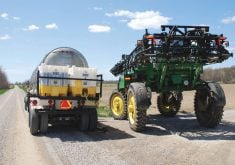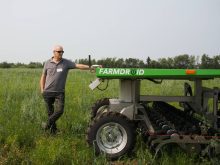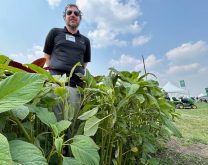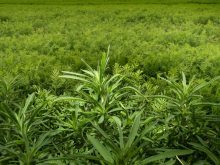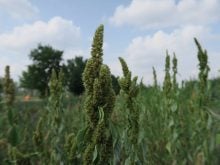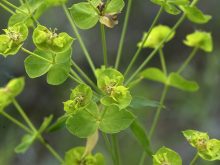UPDATED: January 28, 2025 – 1150 CST – updated to reflect that the CFIA was not able to determine with certainty the source of yellow star-thistle seed.
Weed management in Saskatchewan remains a priority for growers as herbicide resistance and new invasive weed species create changing concerns.
At Saskatchewan Agriculture’s Agronomy Update in Saskatoon Dec. 10, provincial weed control specialist Cory Jacob presented the most prevalent issues facing farmers, including a few species to look out for.
Read Also

More work wanted on removing red tape
REGINA — Canadian farmers risk falling further behind competitors if two main federal agencies don’t become more efficient and responsive…
Yellow starthistle and emerging pigweeds waterhemp and Palmer amaranth were the primary topics.
Yellow starthistle is a winter annual weed that spreads by seed. It is a yellow flower with individual spikes under the head that are about two inches long.
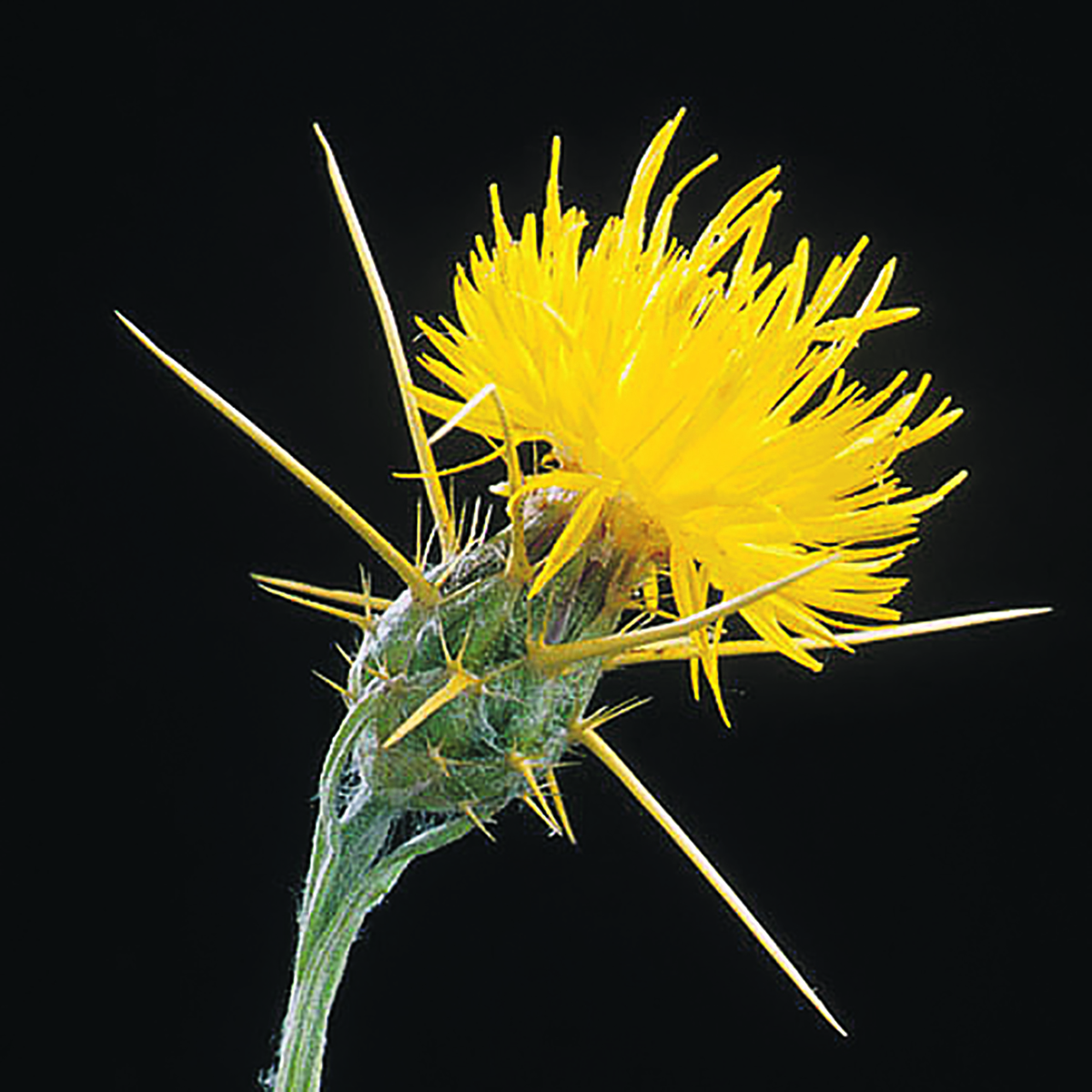
The weed is invasive and causes “chewing disease” in horses, which is the primary cause for concern.
“It’s essentially a toxin produced by the plant that causes the death of nerve centres in the brain which control eating and drinking,” said Jacob.
“Basically, the horses don’t eat and drink.”
Yellow starthistle is prohibited under the Plant Protection Act, which is the strictest category for plant species. Eradication is the goal.
But last summer, the weed was posted on the iNaturalist app, which alerted the Canadian Food Inspection Agency and prompted Jacob and Saskatchewan Agriculture to visit the acreage north of Saskatoon where it was discovered.
The CFIA was not able to obtain a sample of the suspected seed for further testing so it was not possible to confirm with absolute certainty the source of the seed.
The site where the weed was found will be surveyed for the next five years. The weeds have been destroyed, but monitoring of plant species will be conducted to make sure it’s eradicated.
The CFIA has also issued an order that prohibits the movement of soil from the area, with no end date.
“We’re just asking everybody to just keep an eye out in the next growing season, or the next few years, for the weed,” said Jacob.
“It’s eradication, so pulling, mowing, spraying with herbicide, just something so that it doesn’t go to seed and spread more seeds.”
Jacob said people should contact Jacob or their local rural municipality if a suspicious weed is found. This will allow officials to identify the weed and make a plan of action.
The other two weeds that are going to be prohibited under the weed control act are waterhemp and Palmer amaranth. They haven’t reached Saskatchewan yet but are moving closer and closer to the provincial border.
Jacob presented information on the emerging pigweeds using research from Ontario provincial weed control specialist Kristen Obeid.
“We’ve been talking about waterhemp and Palmer amaranth for a few years now, and they’ve been moving closer and closer to Saskatchewan, kind of knocking at the door,” said Jacob.
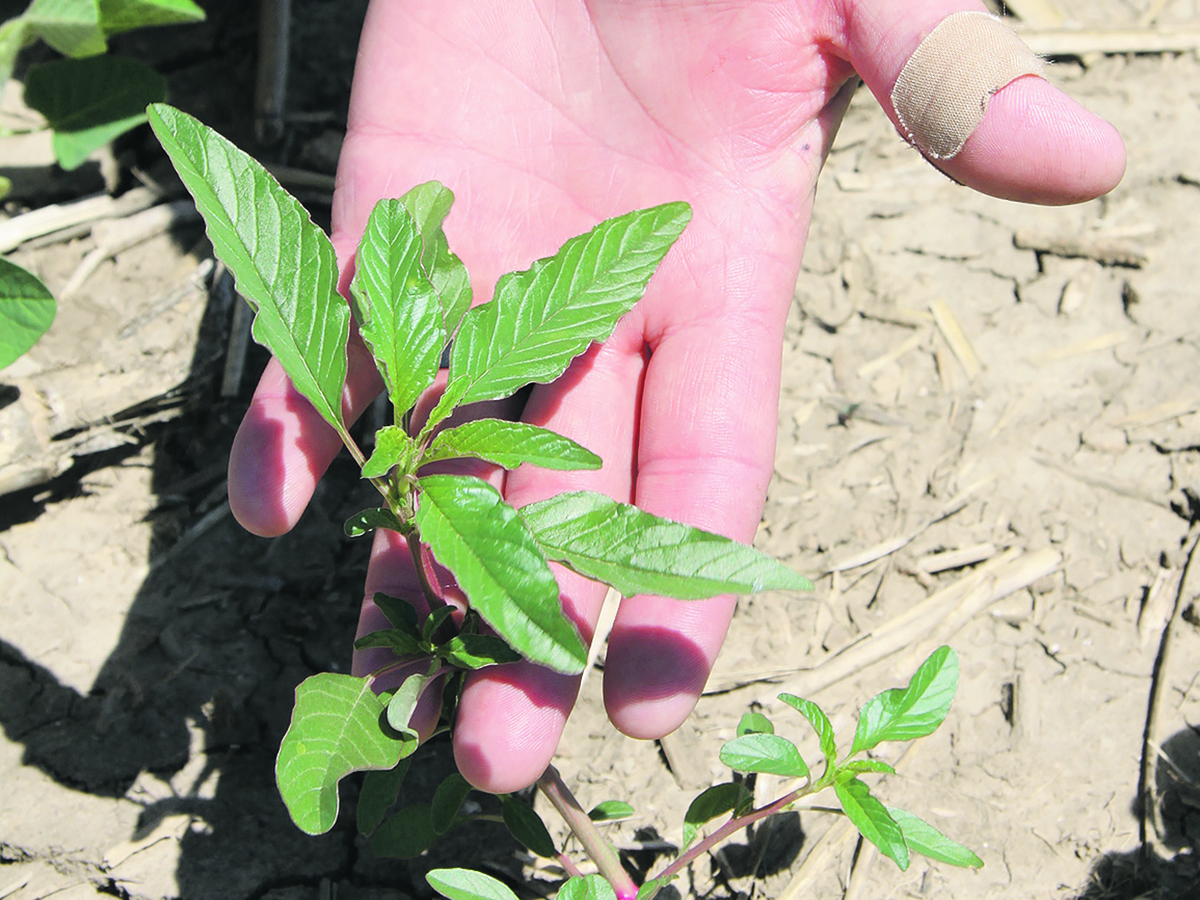
“It’s very well established in North Dakota… that of course butts up to east Saskatchewan,” he said.
“So that area, Carnduff, Oxbow, west to Estevan, north to Carlyle, Redvers, you know, it’s that area where we would most likely see it move into the province.”
Saskatchewan Agriculture has been conducting a driving survey for a couple years scouting for these pigweed species but haven’t found anything unusual.
Jacob says the weed becomes nearly impossible to eradicate once it is well established it, and the approach then becomes more about controlling the spread, which is no easy task.
“A little bit more about these two weeds, taken from the United States,” said Jacob.
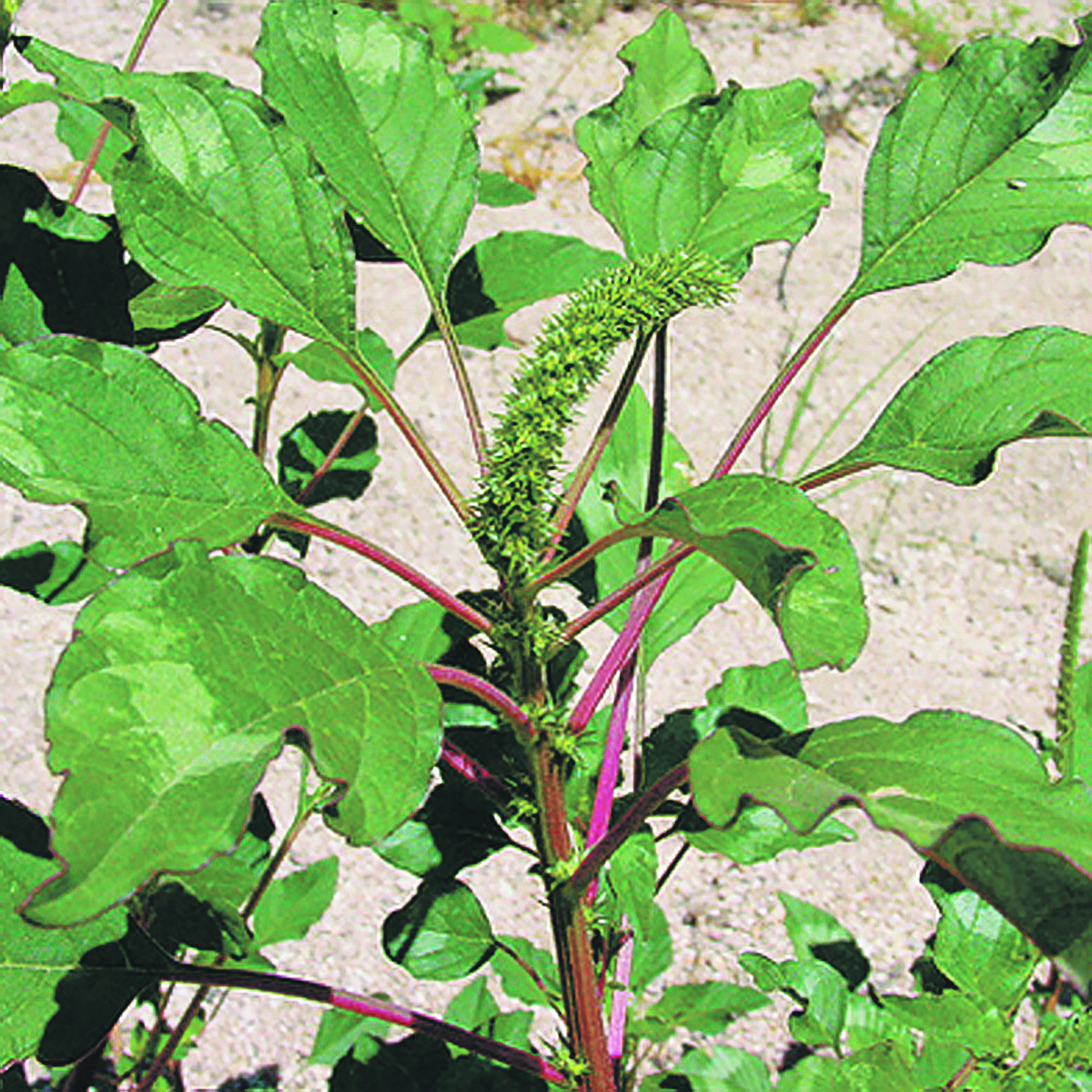
“They’re a prolific seed producer, producing up to a million seeds per plant per year. Very, very small seeds, less than a millimetre in diameter. Dormancy is short lived to medium, probably the majority of plants within five years would emerge.”
Waterhemp has longer, narrower leaves than typical pigweed, and they both have a hairless stem. Both grow and compete aggressively with other crops. It has been commonly found in Ontario and parts of Manitoba, and has also become an issue in Montana and North Dakota.
These pigweeds can emerge anytime during the growing seasons, and in warm conditions can grow up to an inch per day. Waterhemp can reach heights of up 12 feet, needing an extensive root system to do so.
Studies in Ontario show an average of 19 per cent yield loss in corn and a 43 per cent average yield loss in soybeans due to waterhemp, and both can reach 90 per cent or greater if weed management is poor.
Because these pigweeds are dioecious, meaning male and female, they have more genetic variability, which creates a higher chance of herbicide resistant plants.
Jacob asks growers to help identify waterhemp and Palmer amaranth in Saskatchewan, as well as spreading awareness of the weeds.





